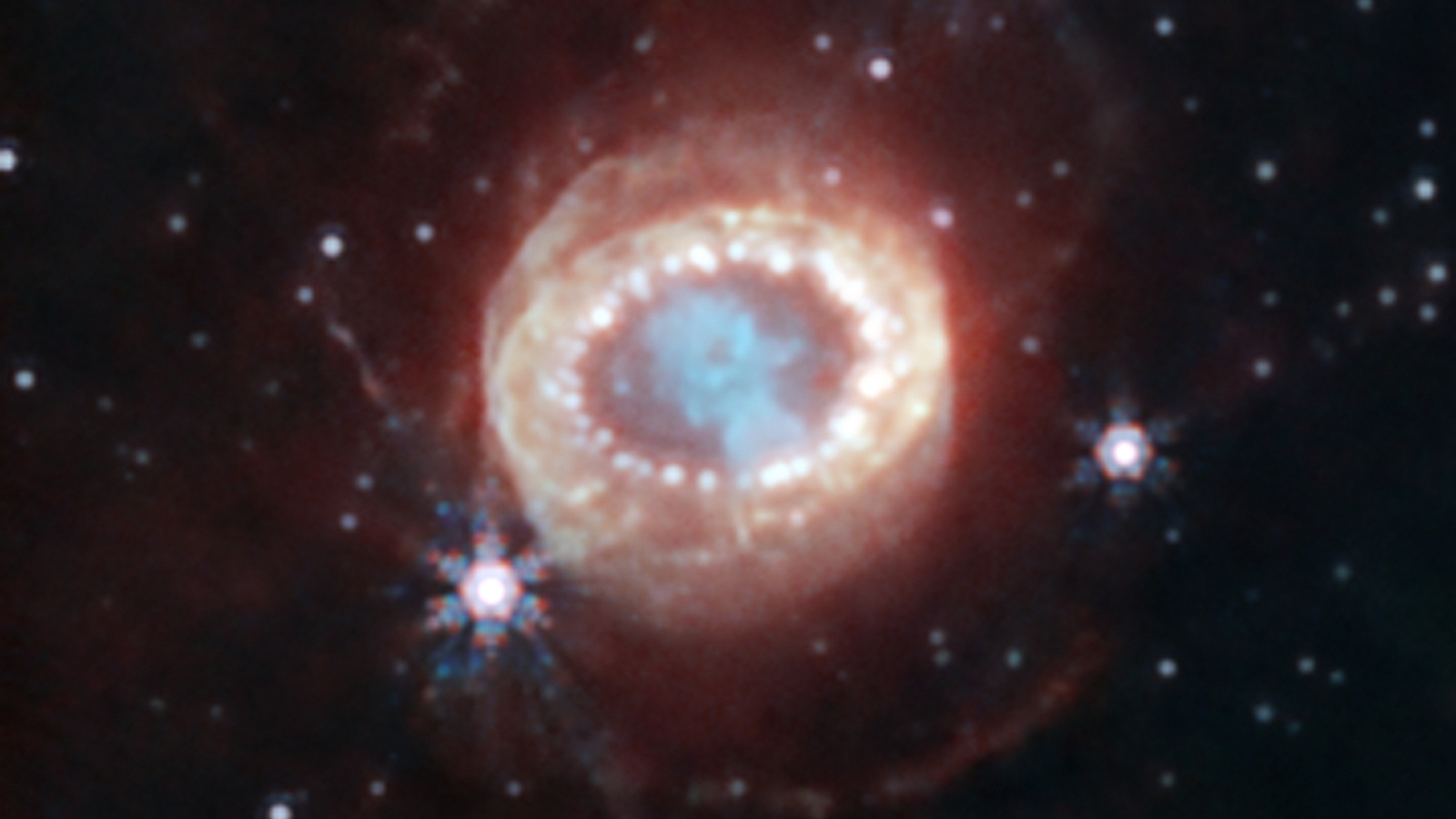NGC 4594 is an unusual galaxy. It was discovered in 1781 by Pierre Méchain, and is striking because of a symmetrical ring of dust that encircles the visible halo of the galaxy. Images taken of the galaxy in 2003 show this dusty ring in detail, where it almost resembles the brim of a large hat. So it’s understandable that NGC 4594 is more commonly known as the Sombrero Galaxy. Now the James Webb Space Telescope has captured an amazingly sharp image of the galaxy, and it’s revealing some interesting surprises.
Continue reading “Fantastic New Image of the Sombrero Galaxy From Webb”Fantastic New Image of the Sombrero Galaxy From Webb










